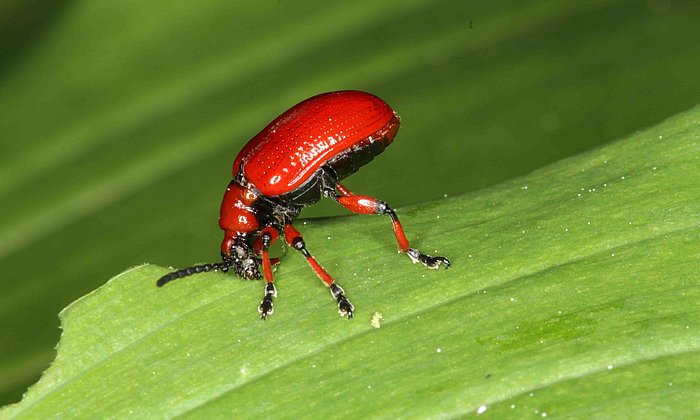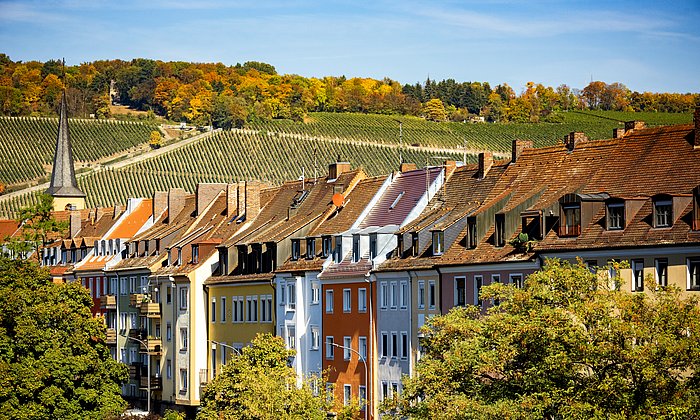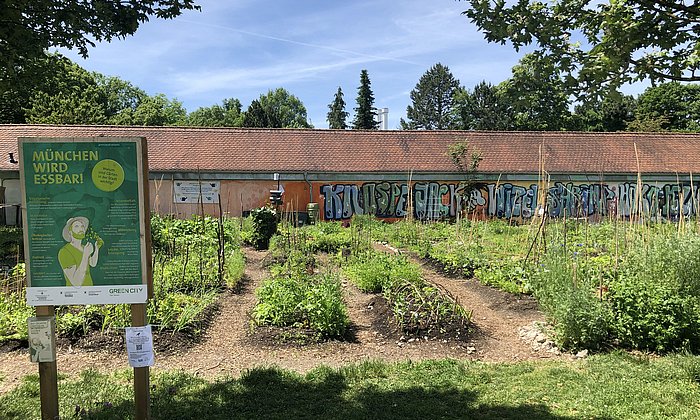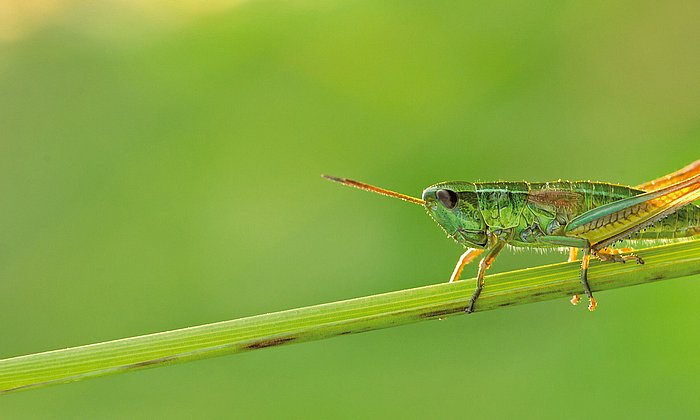Press releases
Weihenstephan Forum: Contributions to an Urban Green Infrastructure
Green fingers and colorful flowering strips
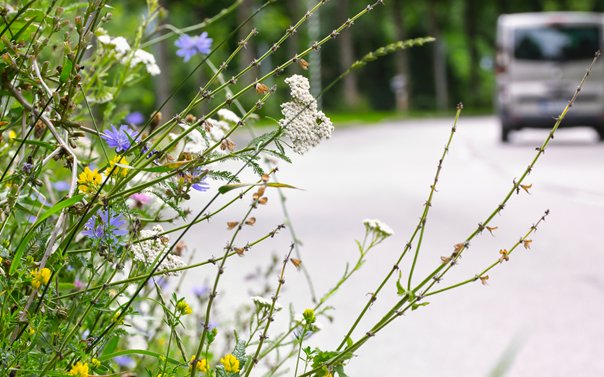
Diverse and multifunctional green spaces in urban areas face particular challenges such as soil sealing, warmer and drier urban climates and a high population density. “Yet, there are great opportunities here. Green areas can facilitate climate adaptation and environmental enhancement through cooling and air humidification, better water absorption during heavy rains, and providing refuge for urban animals. Thus, also the life quality for the urban populations is increased,” says Johannes Kollmann, Professor of Restoration Ecology at the TUM School of Life Sciences. “In addition to the aesthetic qualities and recreational functions of public and private green spaces in urban areas, greater effort should be made to promote biodiversity and certain ecological functions that such spaces provide for buffering climate extremes.”
One strategy for promoting urban biodiversity, functionality, and climate adaptation is to create interconnected semi-natural wildflower areas. They can provide additional benefits for the public e.g. by experiencing nature, social interaction, and environmental education.
The establishment of functional green infrastructure is currently being researched and tested in many cities. User demands on open space as well as recreational functions have to be included into the designs. Still, there are unresolved questions with regard to the practical, functional, and climate-related implementation of such areas. For example, there are still knowledge gaps regarding the ecological interrelationships of wildflower areas in urban landscapes. These areas need to be addressed in close cooperation between scientists and communities. These topics will be presented and discussed at the Weihenstephan Forum.
Hybrid event on October 21, 2022
Representatives from the scientific, business, and political communities, as well as civil society, are invited to the Weihenstephan forum at the Weihenstephan International Beverage Center, Mendelstraße 4, 85354 Freising Germany on October 21. Presentations and discussions about the ecological functionality of urban wildflower strips are also being simultaneously streamed for online-participation via Zoom.
Please note that although the event is free of charge and open to everyone, registration for on-site participation is required by October 13 and you also need to register for online participation. All admitted registrants will receive final information and an access link for Zoom sometime before the event. The event will be held partly in English and partly in German with no simultaneous translation.
Technical University of Munich
- Dr. Katharina Baumeister
- presse@tum.de
Contacts to this article:
Prof. Dr. Johannes Kollmann
Technical University of Munich
Chair of Restoration Ecology
Phone: +49 8161 71 3498
johannes.kollmann@tum.de
